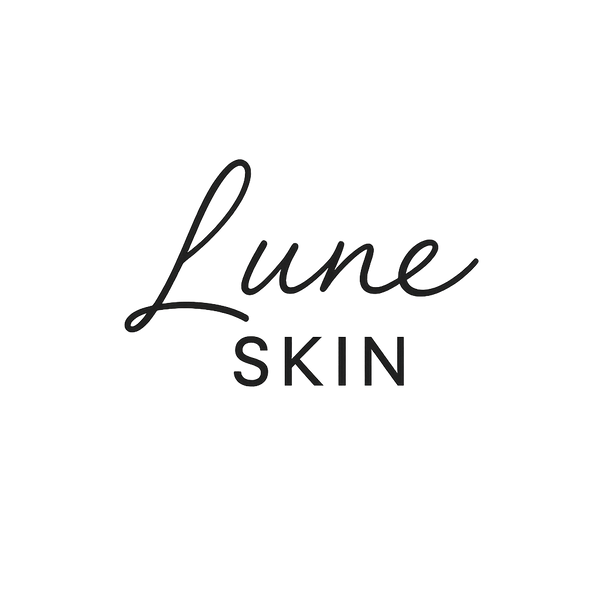
The Ultimate Guide to Understanding Skincare Labels and Ingredients
Share
In the ever-evolving world of skincare, navigating the complex landscape of ingredient lists and product labels can feel overwhelming. With an abundance of options and a myriad of unfamiliar terms, it's no wonder many consumers struggle to make informed decisions about the products they use on their skin. However, understanding the language of skincare labels is crucial for maintaining healthy, radiant skin in 2025 and beyond.
In this comprehensive guide, we'll dive deep into the world of skincare ingredients, demystifying the terminology and empowering you to become a savvy label reader. From decoding INCI names to identifying active and inactive components, we'll equip you with the knowledge to make confident, informed choices about the products you bring into your skincare routine.
Decoding INCI Names
The first step in understanding skincare labels is to familiarize yourself with INCI (International Nomenclature of Cosmetic Ingredients) names. These scientific terms, which may seem like a foreign language, are the standardized way of listing ingredients on cosmetic products. While they may appear intimidating at first, learning to decipher these names can unlock a wealth of information about the components in your skincare products.
Let's start with the basics: INCI names are typically derived from the Latin or Greek names of the ingredients, often using prefixes and suffixes to indicate the source or function of the component. For example, "Aqua" is the INCI name for water, while "Glycerin" refers to the humectant derived from plant oils or animal fats. By understanding these common prefixes and suffixes, you'll be able to better identify the key ingredients in your skincare products.
Active vs. Inactive Ingredients
When scanning a skincare label, it's important to distinguish between active and inactive ingredients. Active ingredients are the star players, the components that deliver the primary benefits of the product, such as improving skin texture, reducing wrinkles, or addressing specific concerns. These are the ingredients that are scientifically proven to have a measurable effect on the skin.
In contrast, inactive ingredients, also known as excipients, are the supporting cast. They serve various purposes, such as stabilizing the formula, enhancing texture and application, or preserving the product's integrity. While they may not have a direct impact on the skin's appearance, these components play a crucial role in the overall performance and safety of the product.
Understanding the difference between active and inactive ingredients can help you prioritize the most impactful components in your skincare routine, ensuring that you're getting the most bang for your buck.
Clean Beauty and Ingredient Safety
In recent years, the concept of "clean beauty" has gained significant traction, with consumers becoming increasingly conscious of the potential risks associated with certain skincare ingredients. As we move into 2025, the demand for transparency and ingredient safety will only continue to grow.
When evaluating a skincare product, it's essential to look for labels that clearly identify any potentially harmful or toxic components. Some of the top ingredients to avoid include parabens, phthalates, sulfates, and synthetic fragrances, all of which have been linked to various health concerns. By familiarizing yourself with these red flags and learning to identify them on product labels, you can make more informed choices that align with your personal values and skin health goals.
Fragrance and Sensitivity
Another important consideration when reading skincare labels is the presence of fragrances. While many consumers are drawn to products with alluring scents, fragrance can be a common trigger for skin irritation and sensitivity. It's important to understand the difference between "fragrance-free" and "unscented" labels, as the former indicates the absence of added fragrances, while the latter may still contain masking fragrances to cover up the natural scent of the ingredients.
For individuals with sensitive skin or specific allergies, identifying potential irritants on the label is crucial. By scanning for terms like "parfum" or "fragrance," you can make more informed decisions about which products are best suited for your unique skin type and needs.
Comedogenic Ingredients
One final aspect of skincare labels that deserves attention is the presence of comedogenic ingredients. Comedogenic substances are those that have the potential to clog pores, leading to the formation of blackheads, whiteheads, and acne. While the degree of comedogenicity can vary from person to person, understanding which components to avoid can be particularly helpful for those with oily or acne-prone skin.
Common comedogenic ingredients include oils like coconut, palm, and mineral oil, as well as certain waxes and silicones. By familiarizing yourself with these potential pore-clogging culprits and checking the label for their presence, you can curate a skincare routine that is tailored to your individual skin's needs and sensitivities.
Practical Label Reading Tips
Now that you've gained a deeper understanding of the various components and terminology found on skincare labels, let's put this knowledge into practice. Here are some practical tips to help you become a more savvy label reader:
- Scan the INCI list from top to bottom, as ingredients are listed in order of concentration, with the highest amounts at the beginning.
- Look for familiar, recognizable ingredients, as well as any unfamiliar terms that may require further research.
- Pay attention to the order and placement of active ingredients, as this can indicate their potency and effectiveness.
- Be wary of vague or ambiguous terms like "fragrance" or "parfum," and opt for products that are more transparent about their scent sources.
- Utilize online resources and ingredient databases to research any unfamiliar components and their potential benefits or drawbacks.
- Consider your skin type and any known sensitivities when evaluating the suitability of a product's ingredient list.
By following these practical tips and developing a deeper understanding of skincare labels, you'll be empowered to make more informed, confident choices about the products you bring into your daily routine. Remember, your skin deserves the very best, and with the right knowledge, you can navigate the ever-evolving world of skincare with ease.
Conclusion
In the ever-changing landscape of skincare, understanding ingredient labels and product components is essential for maintaining healthy, radiant skin. By familiarizing yourself with INCI names, distinguishing between active and inactive ingredients, and identifying potential irritants and comedogenic substances, you'll be equipped to make informed decisions that align with your personal skin care goals and values.
As we move into 2025 and beyond, the demand for transparency and ingredient safety will only continue to grow. By becoming a savvy label reader, you'll not only be able to avoid potentially harmful components but also discover the most effective, high-quality skincare solutions to nourish and protect your skin. Embrace the power of knowledge, and embark on a journey towards healthier, more confident skin.
